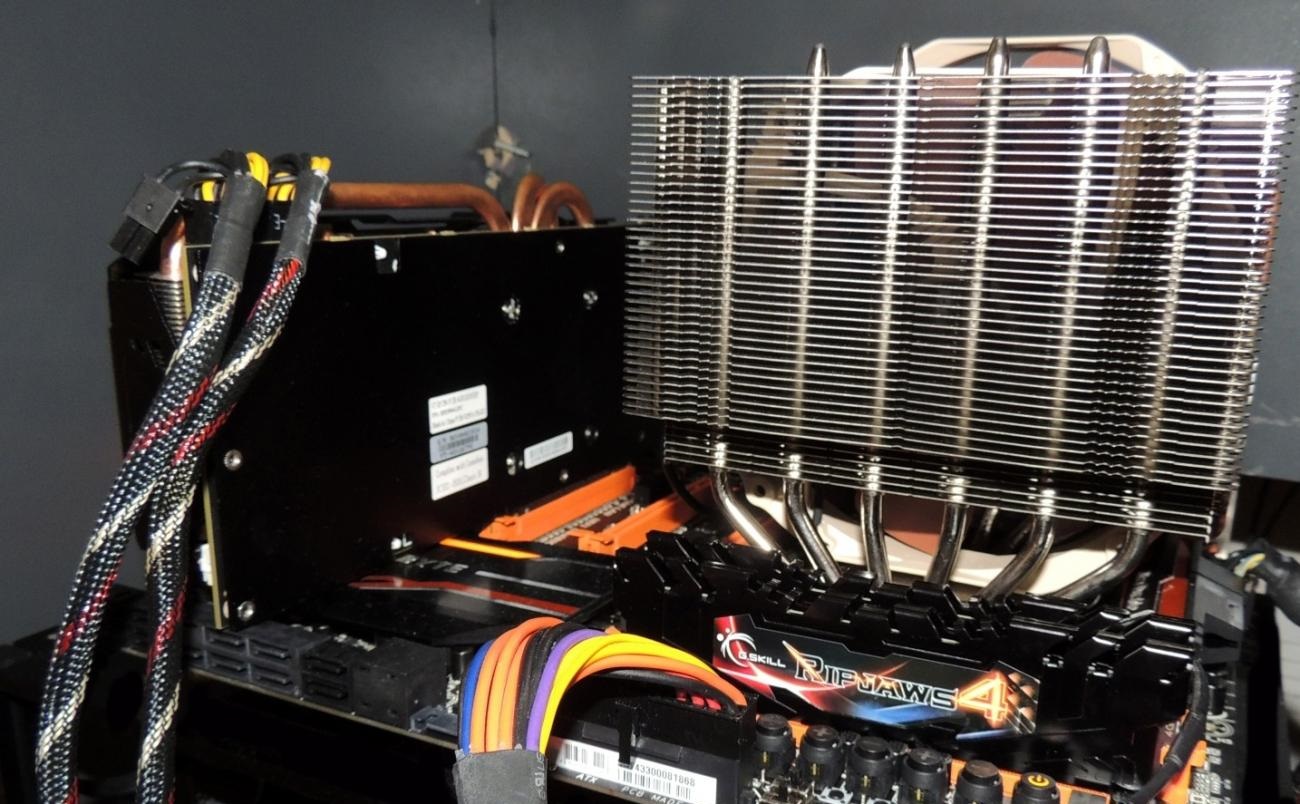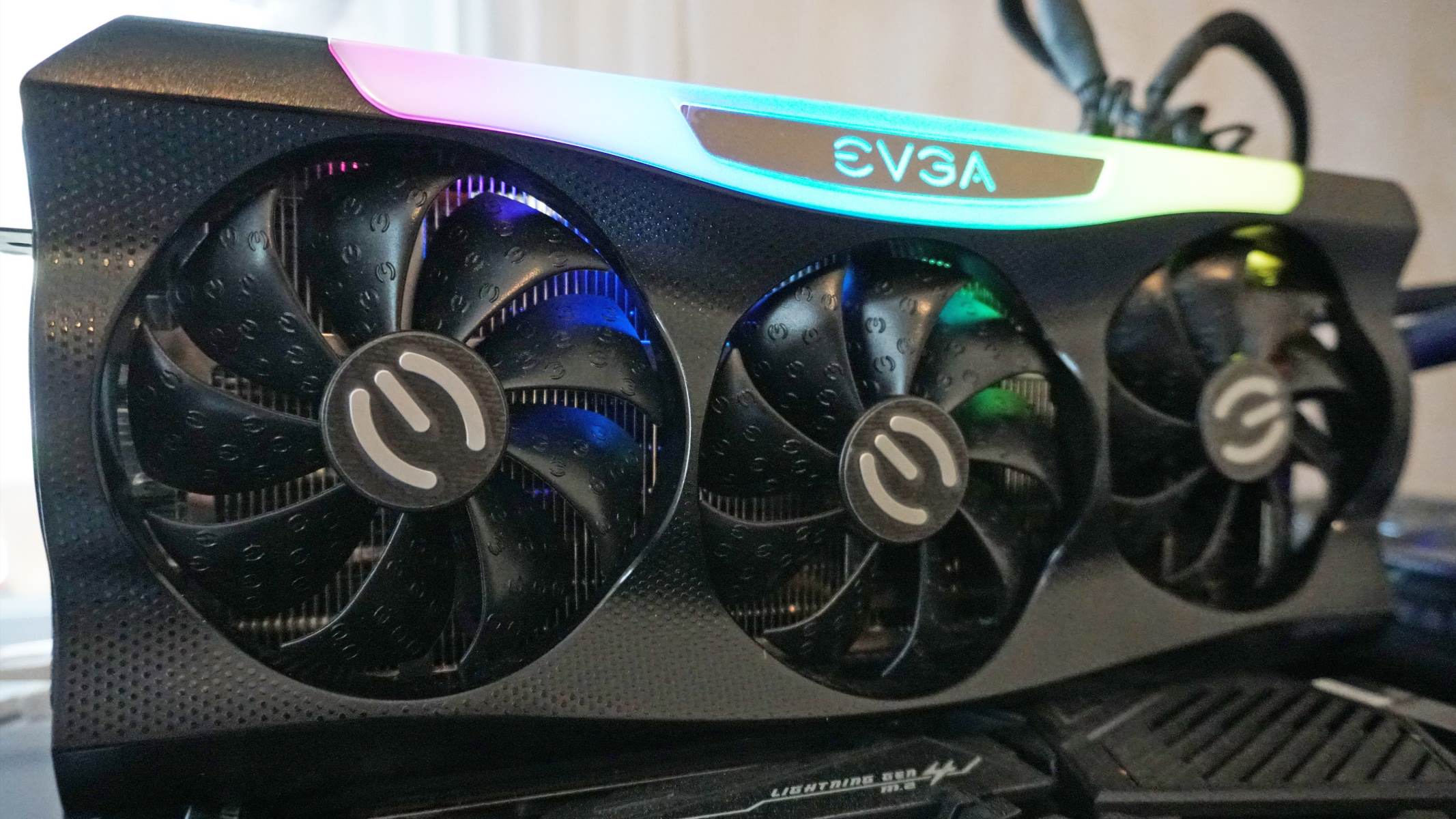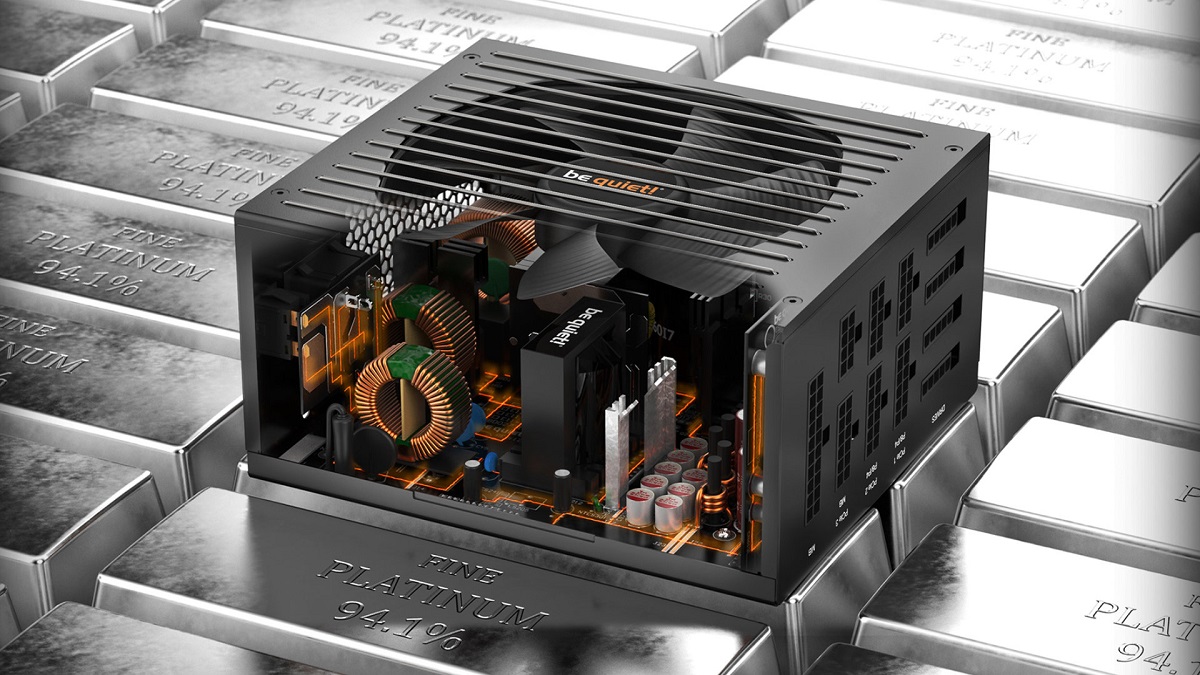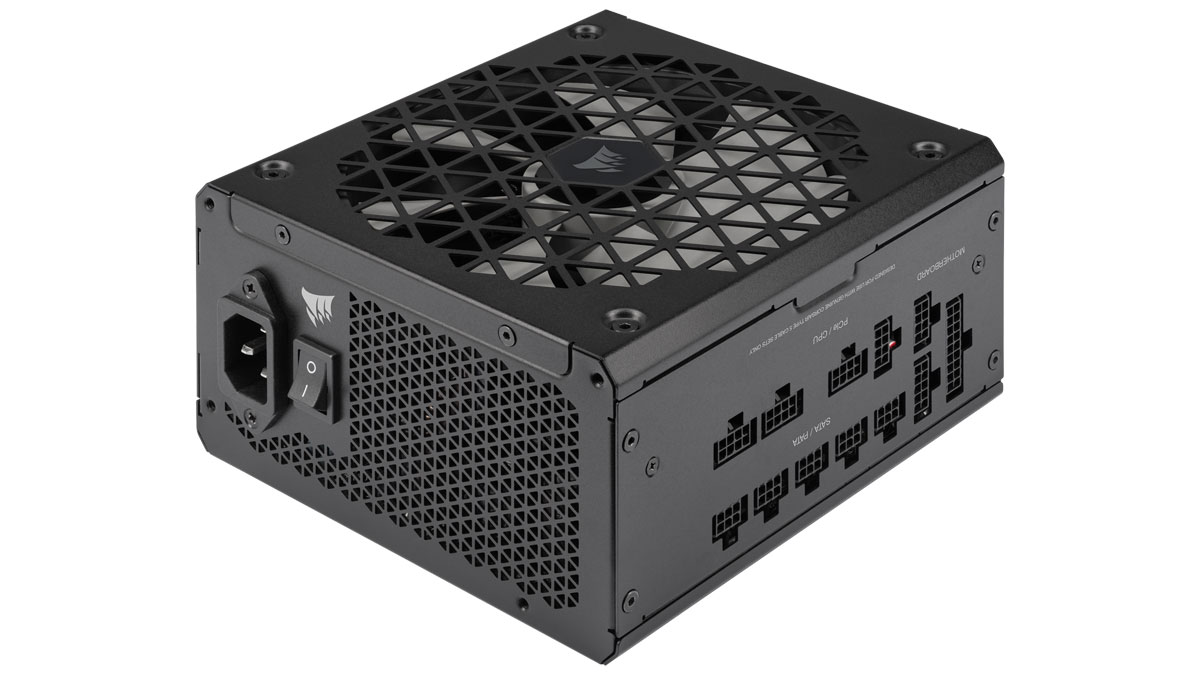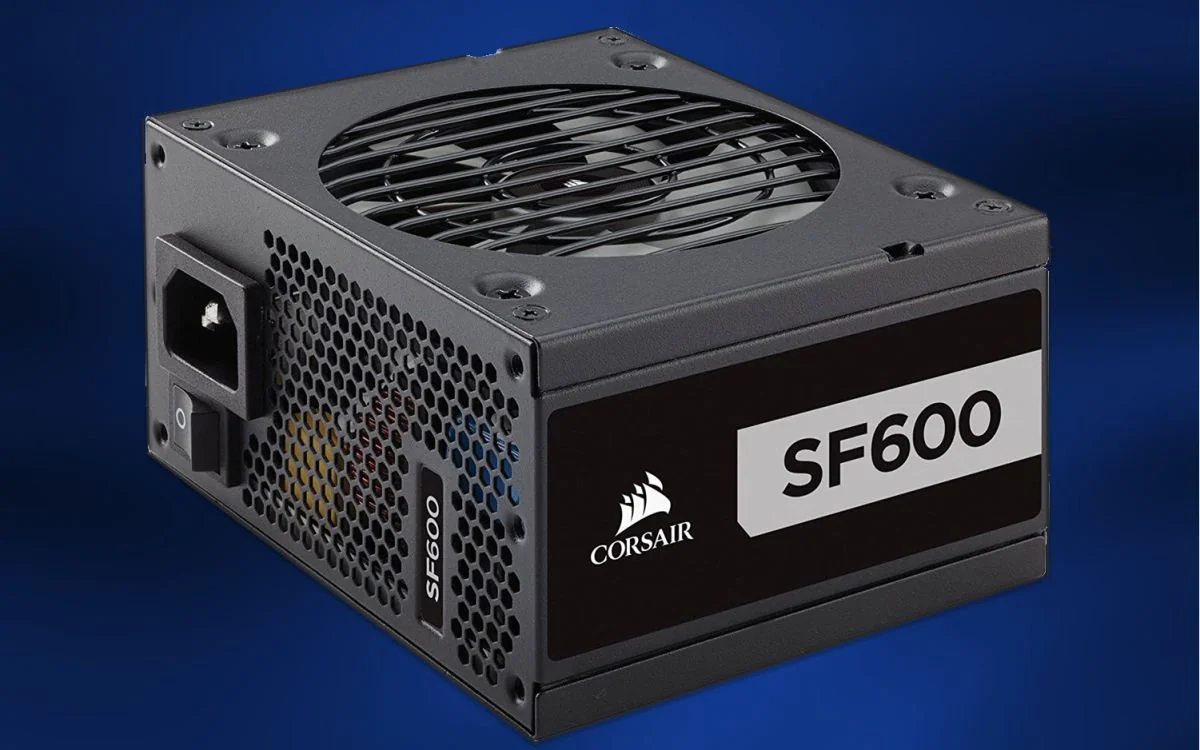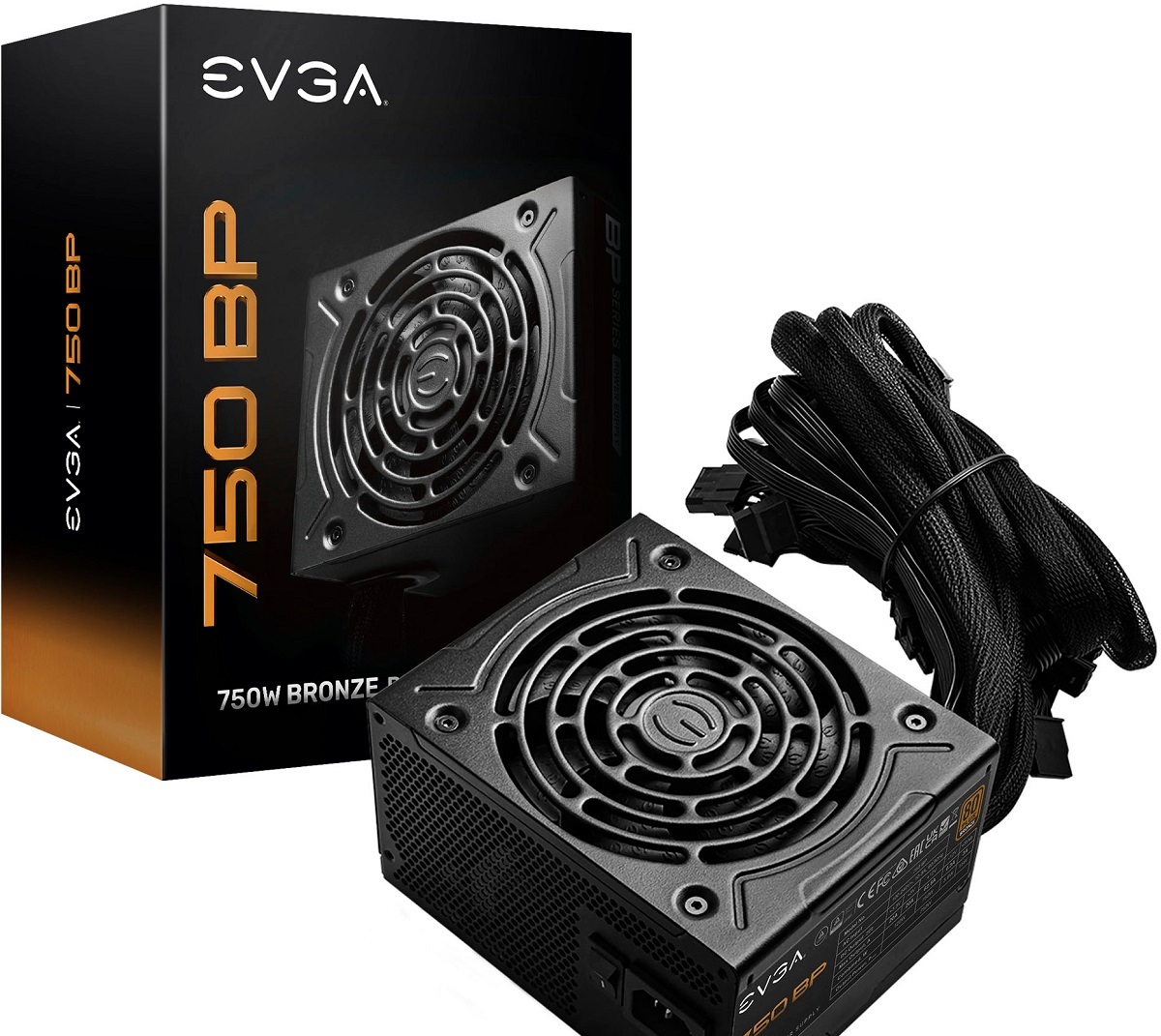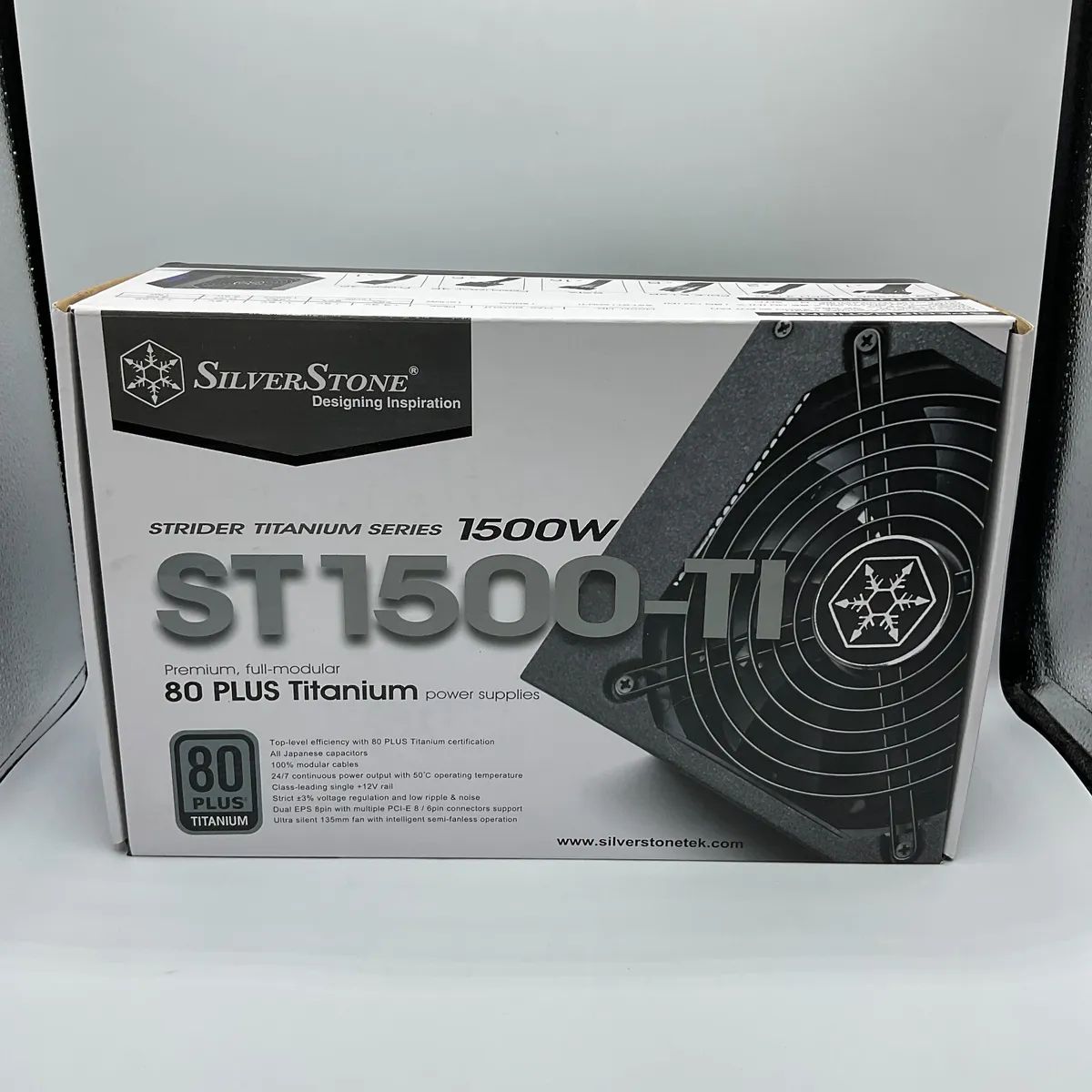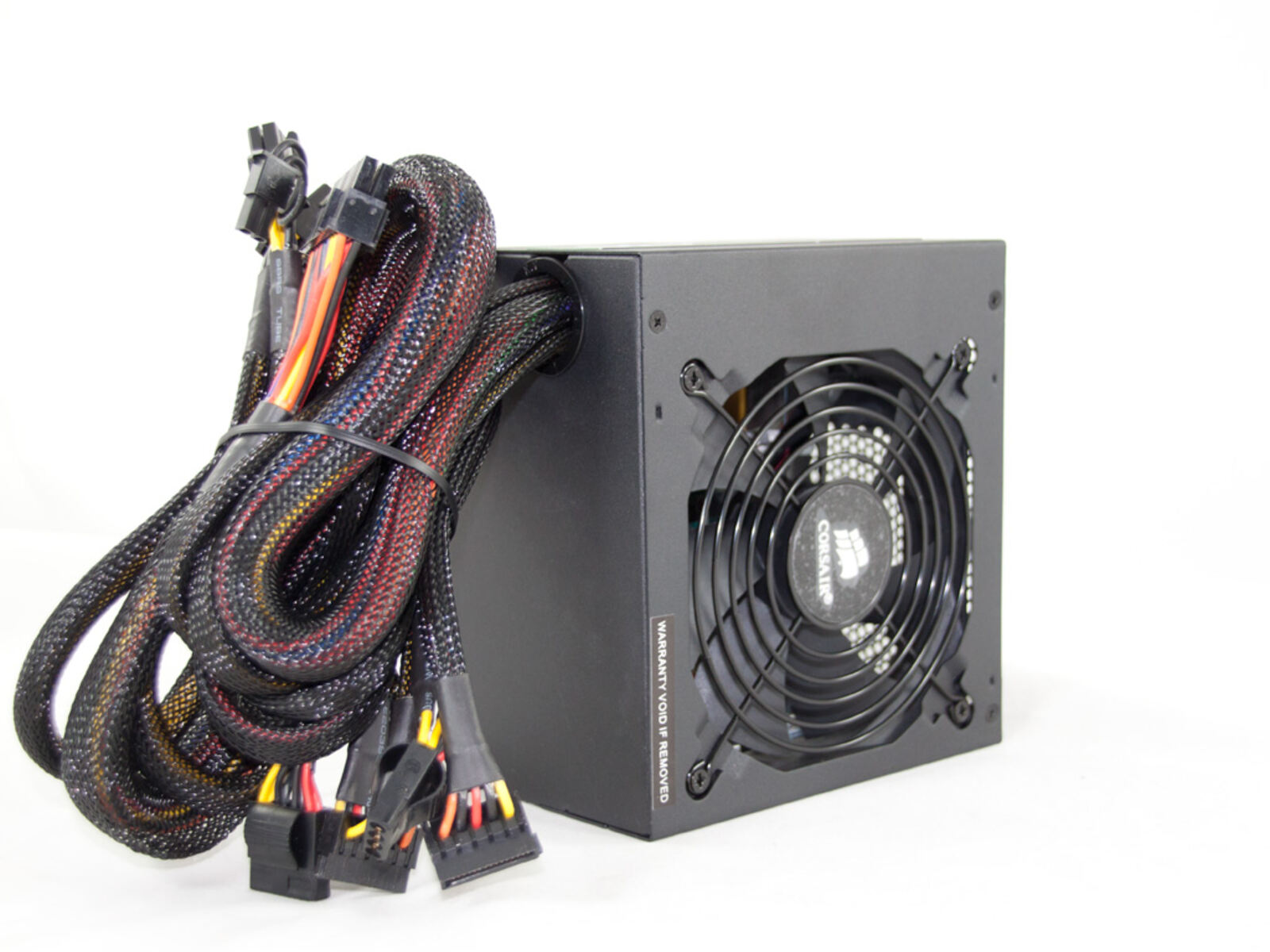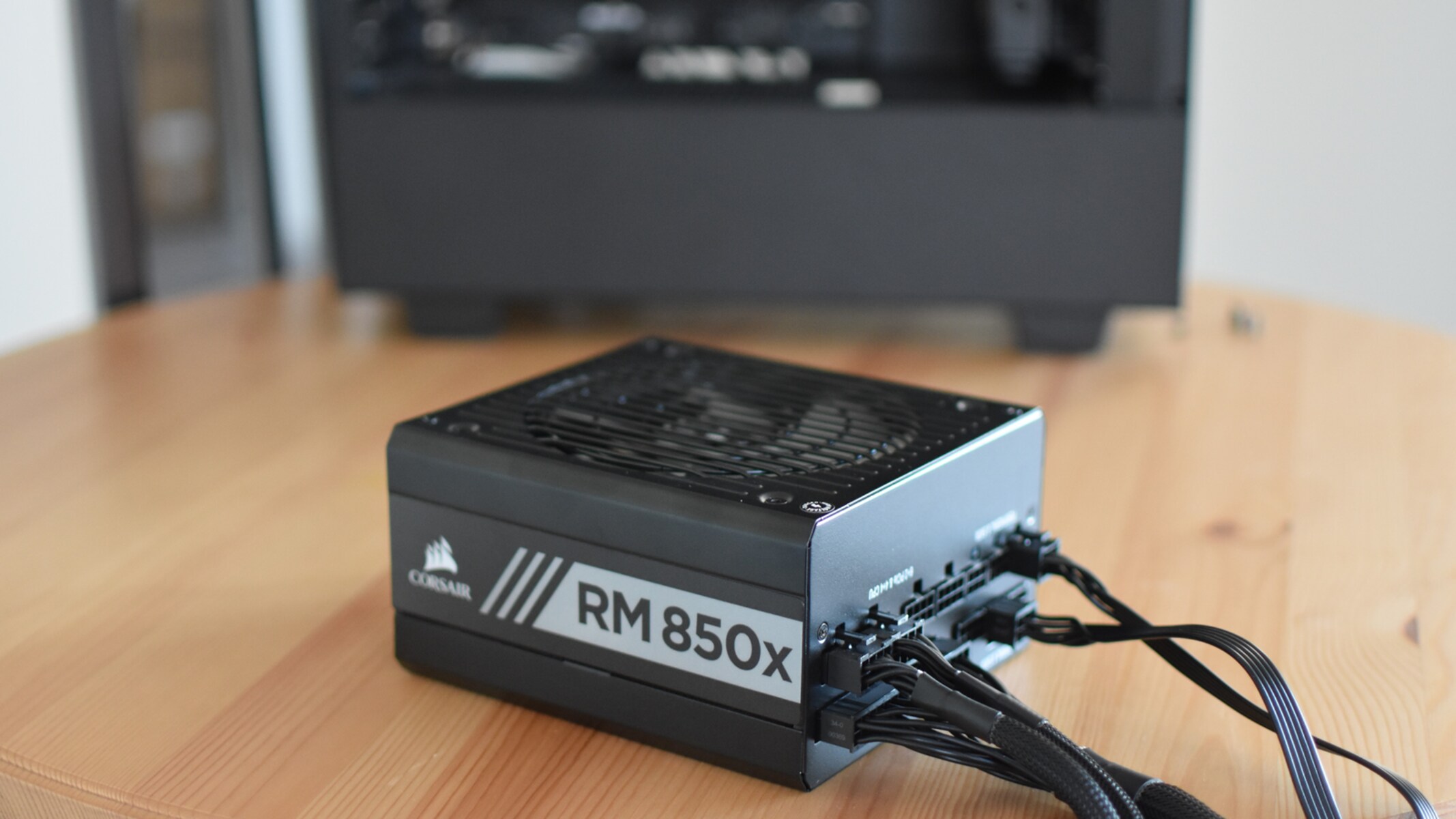Introduction
Welcome to our guide on how much power supply unit (PSU) the overclocked Intel Core i7-5960X processor requires. If you are planning to push the limits of your system’s performance by overclocking this beastly CPU, it is important to ensure that you have a PSU capable of handling the increased power demands.
For those unfamiliar, the Core i7-5960X is a high-end desktop processor from Intel’s Haswell-E generation. It boasts 8 cores and 16 threads, making it an ideal choice for content creation, gaming, and other demanding tasks. However, overclocking this processor can significantly increase its power consumption, which in turn places greater stress on your power supply.
Understanding the power needs of your system is crucial, as an insufficient PSU can lead to instability, crashes, and even damage to your components. On the other hand, using an overpowered PSU can be a waste of money and energy. Therefore, finding the optimal PSU for your overclocked Intel Core i7-5960X is essential.
In this guide, we will explore the power consumption of the Core i7-5960X, factors that affect power consumption during overclocking, how to calculate power consumption, and finally, provide recommendations for the recommended PSU wattage you should consider for your overclocked system. So, let’s dive in and unravel the power requirements of the Core i7-5960X when operating at its full potential.
What is PSU?
A PSU, or Power Supply Unit, is an essential component of a computer system that converts AC (alternating current) power from the electrical outlet into DC (direct current) power that is used to power the various components inside the computer. It provides a steady and reliable power source to ensure the proper functioning of the system.
The PSU is responsible for supplying power to the motherboard, CPU, graphics card, storage drives, and other hardware components of the computer. It delivers the necessary voltage and current to meet the power requirements of these components. The wattage rating of the PSU determines the maximum amount of power it can deliver.
PSUs come in different wattage ratings, typically ranging from 300W to 1000W or more, depending on the needs of the system. The higher the wattage rating, the more power the PSU can deliver. However, it is important to choose a PSU with an appropriate wattage that matches the power requirements of your system.
PSUs also come in different form factors, such as ATX, SFX, and TFX, which determine their physical dimensions and compatibility with different computer cases. It is crucial to ensure that the PSU you choose is compatible with your system’s case.
In addition to delivering power, PSUs also provide various safety features to protect the system from electrical fluctuations, such as over-voltage protection, under-voltage protection, over-current protection, and short-circuit protection. These safety features help safeguard the components from damage and ensure the longevity of the system.
Overall, the PSU plays a vital role in powering a computer system and ensuring its stability and reliability. It is important to choose a high-quality PSU with sufficient wattage to meet the power demands of your components, especially when overclocking a high-performance processor like the Intel Core i7-5960X.
Power Consumption of the Core i7-5960X
The power consumption of the Core i7-5960X processor varies depending on its operating frequency, workload, and voltage settings. When running at its base clock speed of 3.0 GHz, the processor has a TDP (Thermal Design Power) rating of 140W, indicating the maximum power it is designed to consume under normal operating conditions.
However, when overclocked, the power consumption of the Core i7-5960X can increase significantly. As you push the CPU to higher frequencies and voltages to achieve better performance, it requires more power to sustain stable operation. It is important to note that the actual power consumed by the processor may exceed its TDP when overclocked.
Various factors influence the power consumption of the Core i7-5960X during overclocking. One of the primary factors is the CPU voltage. Increasing the voltage allows for stable operation at higher clock speeds but also leads to increased power consumption and heat output. Finding the right balance between voltage and frequency is crucial in maximizing performance while keeping power consumption in check.
Another factor that affects power consumption is the CPU workload. When the processor is under heavy load, such as during gaming, video rendering, or other resource-intensive tasks, it draws more power to meet the increased demands. Overclocking can further amplify the power requirements during these demanding workloads.
The cooling solution you use also plays a role in power consumption. Inadequate cooling can lead to higher temperatures, which in turn can cause the CPU to throttle or require higher voltages to maintain stability. This increased power demand can be detrimental to the overall efficiency of the system.
It’s worth mentioning that other components in the system, such as the graphics card, memory modules, and storage drives, also contribute to the overall power consumption. Therefore, when considering the PSU requirements for an overclocked Core i7-5960X system, it is essential to account for the power needs of all components.
In the next sections, we will explore how to calculate power consumption and provide recommendations for the recommended PSU wattage for overclocking the Core i7-5960X, taking these factors into consideration.
Overclocking the Core i7-5960X
Overclocking is the process of increasing the clock speed and performance of a processor beyond its original specifications. By pushing the limits of the Core i7-5960X, you can achieve higher computing power and potentially improve the performance of your system in tasks that heavily rely on CPU performance.
When it comes to overclocking the Core i7-5960X, it is essential to approach it with caution and follow proper techniques to ensure stability and reliability. Here are the key steps involved in overclocking this processor:
- Research and Planning: Before diving into the world of overclocking, it is crucial to research and gather knowledge about the specific characteristics of the Core i7-5960X and its overclocking potential. Familiarize yourself with factors such as the maximum safe voltage, temperature limits, and recommended cooling solutions.
- Adjusting CPU Multiplier and Voltage: The two primary settings to focus on when overclocking the Core i7-5960X are the CPU multiplier and voltage. By increasing the multiplier, you can raise the clock speed of the processor. However, higher clock speeds require more voltage to maintain stability. Gradually increase the voltage while monitoring the temperatures to prevent overheating.
- Stability Testing: After making adjustments to the CPU multiplier and voltage, it’s crucial to test the stability of the overclocked settings. Use stress-testing tools such as Prime95 or AIDA64 to put the processor under heavy load and ensure that it can handle the increased frequencies and voltages without crashing or producing errors.
- Monitoring and Tweaking: Throughout the overclocking process, it is important to continuously monitor the temperatures, voltages, and overall system performance. Use software utilities like HWMonitor or CPU-Z to keep an eye on these parameters. If necessary, make further adjustments to the multiplier or voltage to optimize stability and temperature levels.
- Keep an Eye on Power Consumption: As mentioned earlier, overclocking the Core i7-5960X increases its power consumption. It’s essential to ensure that your power supply can handle the additional load. We will discuss power supply recommendations in detail in the upcoming sections.
Keep in mind that overclocking is not without risks. It can potentially reduce the lifespan of the processor and void any warranties. It also requires adequate cooling solutions to dissipate the extra heat generated by the overclocked CPU. Therefore, it is crucial to have proper knowledge, patience, and caution when venturing into overclocking.
In the next section, we will explore the factors that can affect power consumption during the overclocking process.
Factors Affecting Power Consumption
Several factors can affect the power consumption of an overclocked Core i7-5960X processor. Understanding these factors is crucial in estimating the power requirements and ensuring that your power supply unit (PSU) can handle the increased load. Let’s take a closer look at the main factors that influence power consumption:
- CPU Voltage: The voltage supplied to the CPU plays a significant role in power consumption. Increasing the voltage allows for stable operation at higher frequencies but also leads to higher power consumption. Finding the balance between voltage and frequency is essential to optimize performance and minimize power draw.
- CPU Frequency: As the Core i7-5960X processor operates at higher frequencies, its power consumption increases. Overclocking the CPU to achieve better performance will also result in higher power requirements.
- CPU Workload: The power consumption of the Core i7-5960X is directly related to the workload it is subjected to. Running resource-intensive tasks such as gaming, video editing, or rendering will significantly increase power draw. It is essential to consider the types of tasks you will be performing on your overclocked CPU to estimate power consumption accurately.
- Cooling: Adequate cooling is crucial when overclocking a processor. Insufficient cooling can lead to increased temperatures, which may require higher voltages to maintain stability. This, in turn, leads to higher power consumption. Investing in a high-quality cooling solution can help optimize power consumption while keeping temperatures in check.
- Other System Components: It’s important to consider the power requirements of other components in your system, such as the graphics card, memory modules, storage drives, and peripherals. All these components contribute to the overall power consumption of the system, and their power needs should be factored in when selecting a suitable PSU.
It’s crucial to keep these factors in mind when estimating the power requirements of your overclocked Core i7-5960X system. By accounting for these variables, you can ensure that your PSU can adequately provide the necessary power without compromising system stability or efficiency.
In the next section, we will delve into how to calculate power consumption and determine the recommended PSU wattage for an overclocked Core i7-5960X system.
How to Calculate Power Consumption
Calculating the power consumption of an overclocked Core i7-5960X system requires taking into account the power requirements of various components and estimating their load. While it may seem complex, the process can be simplified by following a few key steps. Here’s how to calculate power consumption effectively:
- Identify Component Power Usage: Start by gathering information on the power requirements of each component in your system. This includes the CPU, graphics card, memory modules, storage drives, and any other peripherals. Check the specifications provided by the manufacturer or refer to reliable sources to obtain accurate power consumption values for each component.
- Estimate Load Percentage: Determine the typical load percentage for each component during the tasks you regularly perform. For example, if you primarily use your system for gaming, you can estimate the load percentage for the CPU and GPU during gaming sessions. This estimation will help calculate power consumption more accurately.
- Calculate Power Consumption per Component: Multiply the power consumption of each component by its estimated load percentage. This will give you the power consumption for each component when performing specific tasks. Sum up these individual power consumption values to obtain the total power consumed by the components.
- Add Additional Power Allowance: To ensure stability and allow for any fluctuations, add a margin of around 20-30% to the total power consumption calculated in the previous step. This additional power allowance will account for any unforeseen spikes in power demand and help choose an appropriately sized power supply.
- Select a Suitable PSU Wattage: Consider the total power consumption obtained from the previous steps, including the additional allowance. Look for a power supply unit (PSU) with a wattage rating that exceeds this calculated power consumption. It is better to opt for a slightly higher wattage PSU than necessary to ensure efficiency and future upgrade compatibility.
It’s important to note that power consumption values can vary depending on the specific components and workload. Therefore, these calculations provide an estimate, and it’s recommended to consult manufacturer specifications, online resources, or seek the advice of professional PC builders to ensure accuracy.
In the next section, we will provide recommendations for the recommended PSU wattage for overclocking the Core i7-5960X, taking into account the factors we’ve discussed.
Recommended PSU for Overclocking the Core i7-5960X
Choosing the right power supply unit (PSU) for overclocking the Core i7-5960X is crucial to ensure stability and efficiency. An insufficient PSU can lead to system instability and potentially damage your components, while an overpowered PSU can be a waste of money and energy. To determine the recommended PSU wattage, consider the power consumption of the overclocked system and other important factors.
Based on our previous discussions regarding the power consumption of the Core i7-5960X and its overclocking potential, we recommend a PSU with a wattage rating of at least 650W to 750W for a single GPU setup. This wattage should be sufficient to handle the increased power demands of the overclocked CPU along with other system components.
However, if you plan to use multiple high-end graphics cards in a multi-GPU configuration or have additional power-hungry components, such as a high-capacity RGB lighting system or numerous storage drives, it is advisable to opt for a higher wattage PSU, such as 850W or 1000W, to ensure ample power supply and headroom for future upgrades.
When selecting a PSU, it’s essential to consider other factors beyond wattage. Look for PSUs from reputable manufacturers known for their reliability and efficiency, such as Corsair, EVGA, Seasonic, or Thermaltake. Ensure that the PSU is 80 PLUS certified, which indicates higher energy efficiency.
Modular or semi-modular PSUs are also recommended. These designs allow you to remove unnecessary cables, reducing clutter and improving airflow within the system, ultimately enhancing cooling and performance.
Furthermore, pay attention to features like voltage regulation, ripple suppression, and different protection mechanisms offered by the PSU. These features contribute to the overall stability and protection of your system under heavy workloads.
Lastly, consider future-proofing your system by choosing a PSU with sufficient overhead to accommodate any future upgrades or changes in power requirements. This way, you can ensure longevity and avoid the need to replace the PSU later on.
By selecting a PSU with an appropriate wattage rating and considering these other factors, you can provide your overclocked Core i7-5960X system with a reliable and efficient power supply, ensuring smooth and stable operation for all your computing needs.
Conclusion
In conclusion, overclocking the Core i7-5960X processor offers the potential to unleash its full power and improve system performance. However, it is important to ensure that you have a suitable power supply unit (PSU) that can handle the increased power demands.
Throughout this guide, we explored the power consumption of the Core i7-5960X, factors that affect power consumption during overclocking, how to calculate power consumption, and recommendations for the recommended PSU wattage.
We learned that the power consumption of the Core i7-5960X can significantly increase when overclocked, with factors such as CPU voltage, frequency, workload, cooling, and other system components influencing the overall power requirements.
To calculate power consumption, it is important to gather information on the power requirements of each component, estimate their load percentages, and sum up the individual power consumption values. Adding an additional power allowance is also crucial to ensure stability and allow for fluctuations.
Based on these calculations and considerations, we recommend a PSU with a wattage rating of at least 650W to 750W for a single GPU setup when overclocking the Core i7-5960X. However, it is important to choose a PSU from a reputable manufacturer, with appropriate efficiency certification, modular or semi-modular design, and other desirable features.
By selecting the right PSU, you can provide your overclocked Core i7-5960X system with a reliable and efficient power supply, ensuring optimal performance and stability for all your computing needs.
Remember, overclocking is a complex process that carries risks, and it requires thorough research, proper techniques, and caution. If you are not familiar with overclocking or unsure about any aspect, it is recommended to seek guidance from professionals or experienced individuals to avoid any potential issues.
With the right PSU and a careful approach to overclocking, you can unleash the power of your Core i7-5960X and enjoy a high-performance computing experience.







